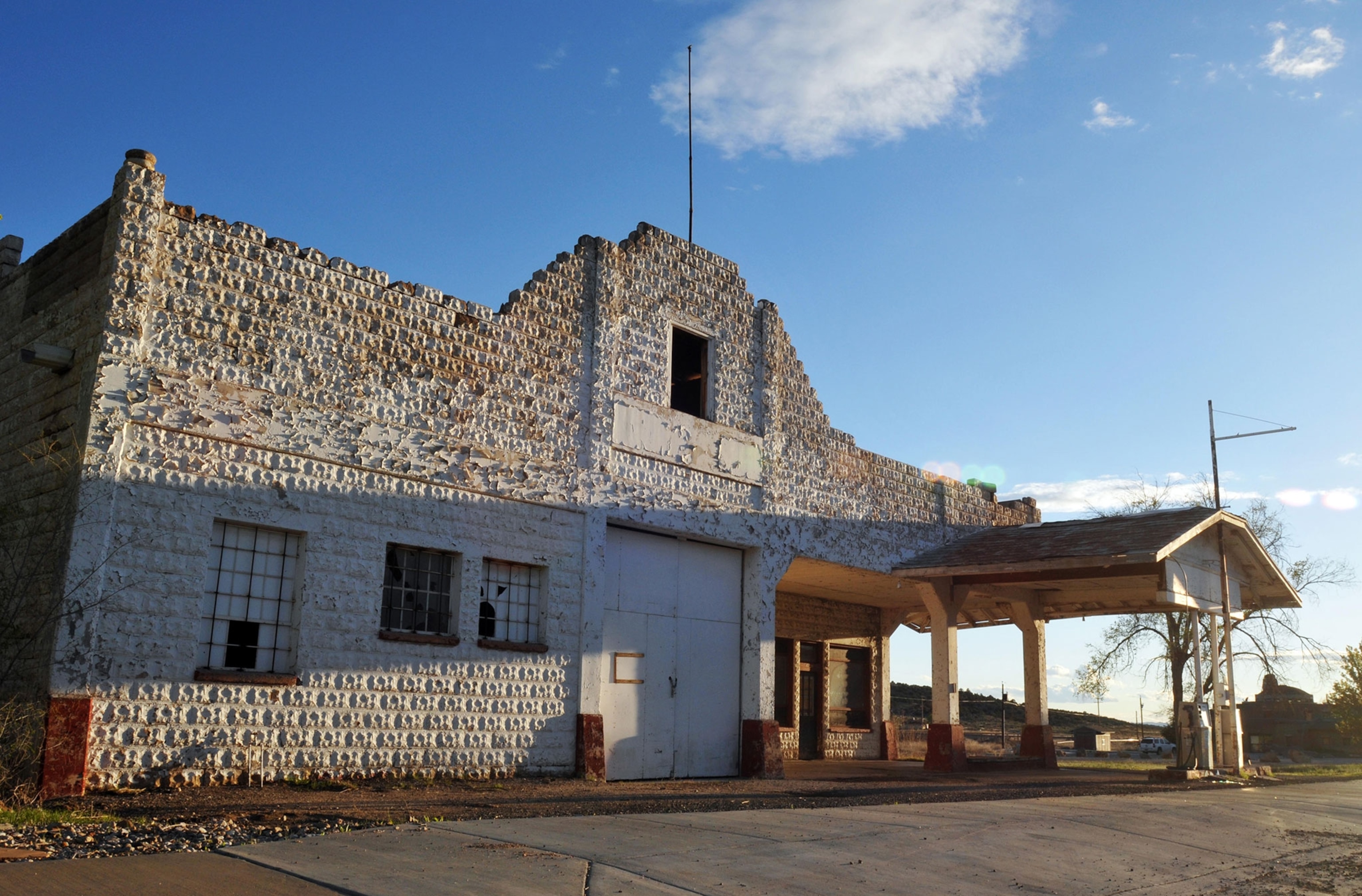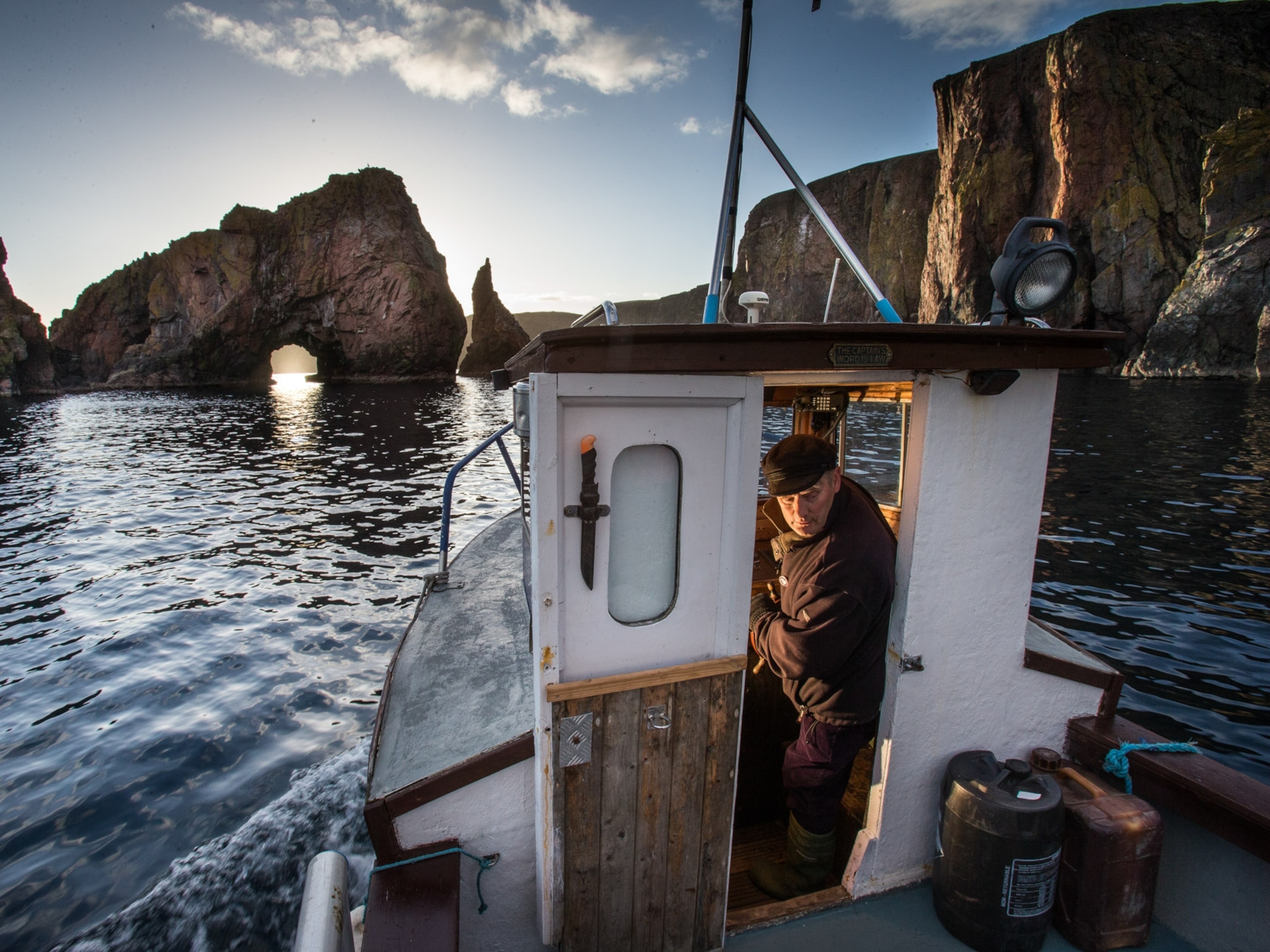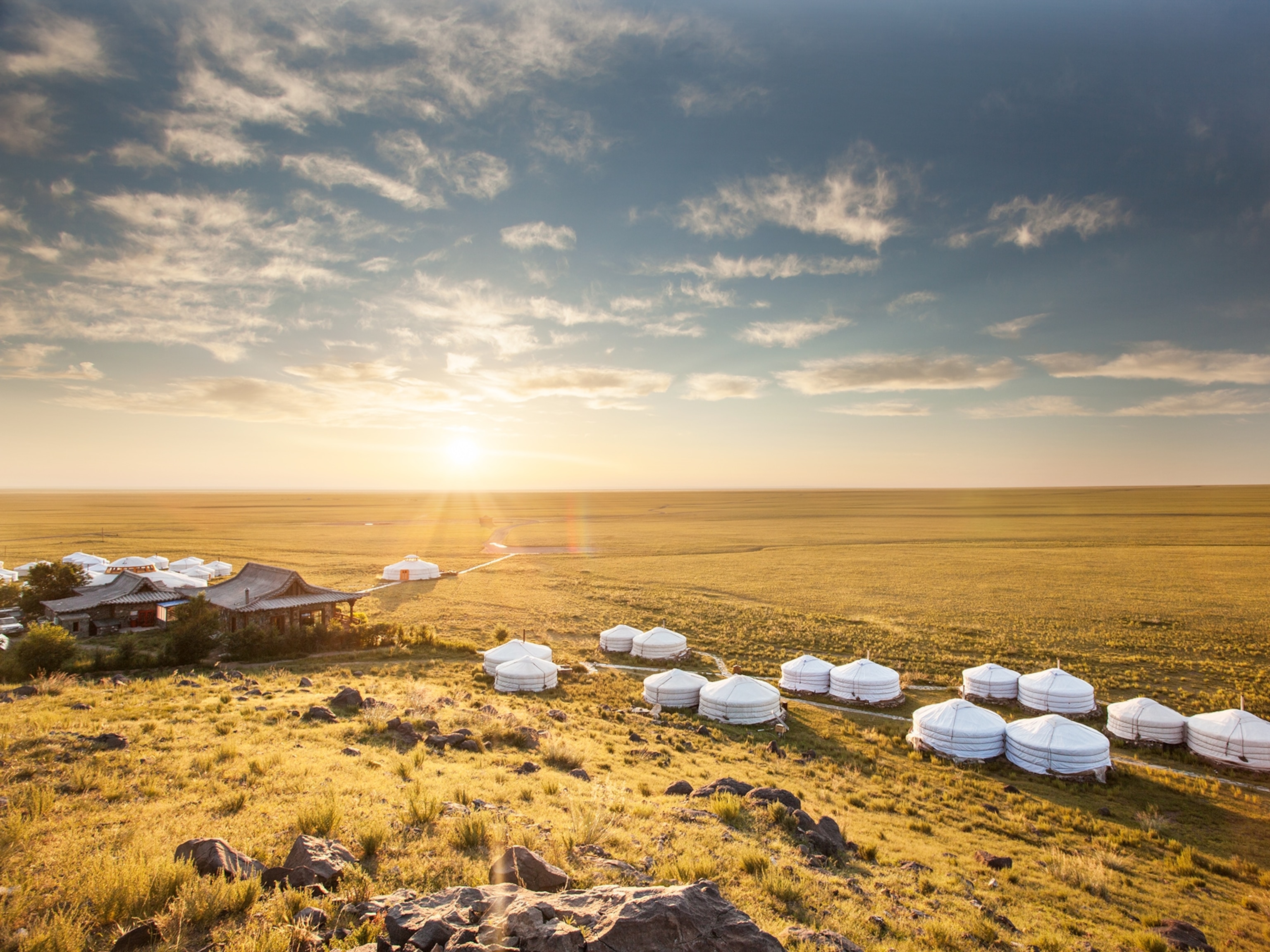See these 6 architectural wonders before they disappear
The world’s endangered marvels include Italy’s other leaning tower, Egypt’s looted temples, and Australia’s decaying petroglyphs.

Due to shifting ground and an unsteady foundation, the Leaning Tower of Pisa has been tilting since its construction in 1173. But thanks to a system of jumbo pylons and heavy duty steel cables, this UNESCO World Heritage site has been shored up and straightened up (a little) in recent decades.
Now, the same tools engineers used at Pisa are being employed to prevent Italy’s other slanting wonder, the 157-foot-tall Torre Garisenda, from becoming the Toppling Tower of Bologna.
Garisenda, one of two 12th-century towers looming above Bologna’s picturesque Old Town, was born off balance, says Tomaso Trombetti, a professor of structural engineering at the University of Bologna. During construction of the brick torre, one side of its foundation settled more quickly than the other. This created a tilt that’s gradually worsened to four degrees, which is now “dangerous,” says Trombetti. (Bologna’s other tower, the Asinelli, is 319 feet tall, and does not significantly lean.)
The pylons from the 1993-2001 restoration at Pisa will be anchored to the subsoil around the Torre Garisenda, says Guido Gottardi, professor of geotechnical engineering at the University of Bologna. “They are essentially a passive countermeasure, able to safely hold the tower while strengthening and restoration interventions are being carried out on its basement and masonry structure.” Fundraising efforts to rehab both fragile towers are also currently underway.
The tower is one of many vulnerable historic structures that need human intervention to keep them from ruin. Beyond the ravages of time, such sites are being degraded by looting, overtourism, industrialization, and climate change. Here are five more endangered marvels which conservationists are trying to save.

Hurst Castle, Hampshire, England
King Henry VIII built Hurst Castle in 1544 on a spit of land along the Hampshire coast. The stone fortifications were meant to defend England from European invaders. But no human foe has been as persistent as the sea, which constantly laps and slaps the fort. Savage storms, rising sea levels, and constant beating waves eventually undercut the castle’s foundation, causing the structure’s eastern battery to partially collapse in 2021.
In the years since the collapse, some 22,000 tons of rock and shingle have been added to reinforce the castle. “Terrestrial laser scanning was used to create 3D digital models, which helped us appraise the best methods and practices [for] the restoration,” says Ron Blakeley, national project manager for English Heritage, which co-manages the complex. From April to early November, travelers can take a short boat ride to the site to explore its arsenal and gun tower.
Abydos, Egypt
In a parched valley 260 miles south of Cairo, Abydos is a sprawling temple and necropolis where many early ancient Egyptian pharaohs were buried. Building began here as far back as 5,900 years ago. Today visitors can wander amid the site’s stone columned halls, see fine wall carvings honoring Pharaoh Seti I, and peek at the Osireion, a subterranean stone structure that may have been erected to honor Osiris, the ancient Egyptian god of death.
But looters have degraded the site, stealing treasures in ancient times and continuing to illegally unearth artifacts here in recent years. Now Abydos is one of the country’s most guarded—and least trafficked—archaeological sites. “The high security and lack of visitor amenities contribute to the low level of visitation [at Abydos],” says Johnathan S. Bell, the vice president of programs at the World Monument Fund (WMF), an NGO which safeguards cultural heritage.
To halt the complex’s decline, the Egyptian government, the WMF, and other agencies have launched several conservation projects. They include painstaking cleaning of colorful wall friezes and installing steel anchors to reinforce weakened points of the Osireion.
(Learn about breathtaking natural wonders that no longer exist.)
Murujuga, Western Australia
Few museums exhibit as many artworks as Murujuga, a rugged landscape in Western Australia where Aboriginal peoples etched over a million petroglyphs into the rocks over thousands of years. Travel to this open air gallery, 780 miles north of Perth, and you can hike past carvings of wallabies, kangaroos, and Indigenous symbols.
But mining and other industrialization is damaging the world’s largest rock art site on the isolated Burrup Peninsula. Scientists warn that Murujuga may not survive another century of rising pollution.
In February 2024, Murujuga’s Indigenous traditional owners celebrated two wins in their fight to preserve this site. About 627 acres earmarked for development were instead added to the protected Murujuga National Park by the government of Western Australia.
The government also announced a new policy, hailed as a landmark by Indigenous groups, giving these communities greater influence over the site’s management. Those Aboriginal peoples are leading a bid to see Murujuga named a UNESCO World Heritage site.
Teotihuacan, Mexico
Thirty miles north of Mexico City, more than a million travelers a year visit the ruins of Teotihuacan. Built between the 1st and 7th centuries A.D. by an unknown civilization, the 9,000-acre site was the largest metropolis in the Western Hemisphere a thousand years ago.
Known for impressive stone structures including the Pyramid of the Sun and the Temple of Quetzalcoatl, Teotihuacan suffers from overtourism. Its buildings are decaying due to weather damage and poorly executed 1900s restorations. And the World Monument Fund warns that informal structures now fringe the site, occupying land that may brim with archaeological material.
Efforts to conserve Quetzalcoatl have already happened, including drainage improvements, filling of structural cracks, and the removal of corrosive salt that layered its facade. Now the WMF and other groups are pushing for deeper community involvement in a sustainable tourism strategy.
Osterman Gas Station, Arizona

Historic landmarks aren’t just grand castles or medieval towers. The 1920s Osterman Gas Station, in the tiny Arizona town of Peach Springs, was long treasured by its community and appreciated by travelers on Route 66. Built from a brick block kit from Sears department store, the building was particularly significant to the local Hualapai people, since many members of the Indigenous group worked at the station or gathered there with friends and relatives.
Located 40 miles south of Grand Canyon Skywalk, the gas station is so beloved by the Hualapai that, when it closed in 2005, the group bought the building. Now they’re restoring it with help from the National Trust for Historic Preservation, an NGO that protects heritage sites across the United States.
“The collapsed wall has been rebuilt and a new roof is currently being installed,” says Amy Webb, senior director of preservation at the National Trust. The Hualapai plan to use the building as a museum, arts center, coffee shop, and EV charging station.
(How to preserve a historic hotel—and why these iconic spots matter.)







